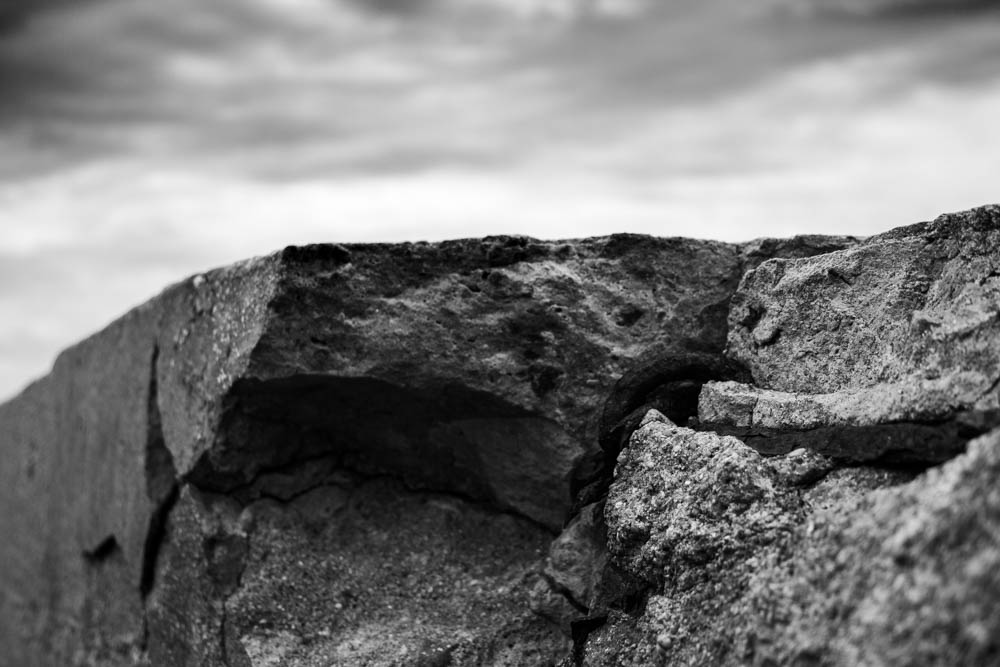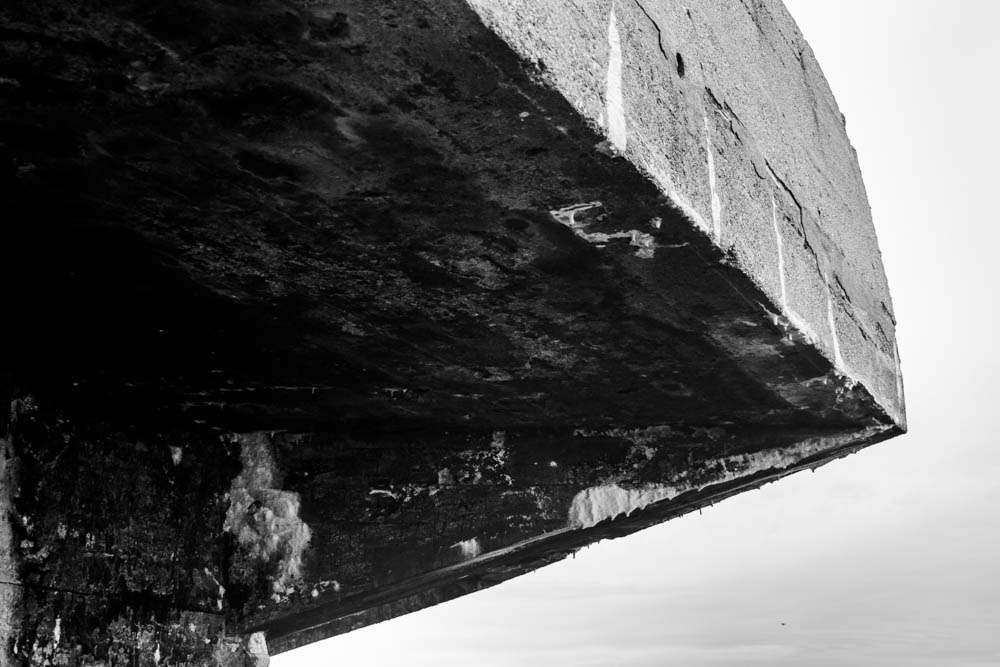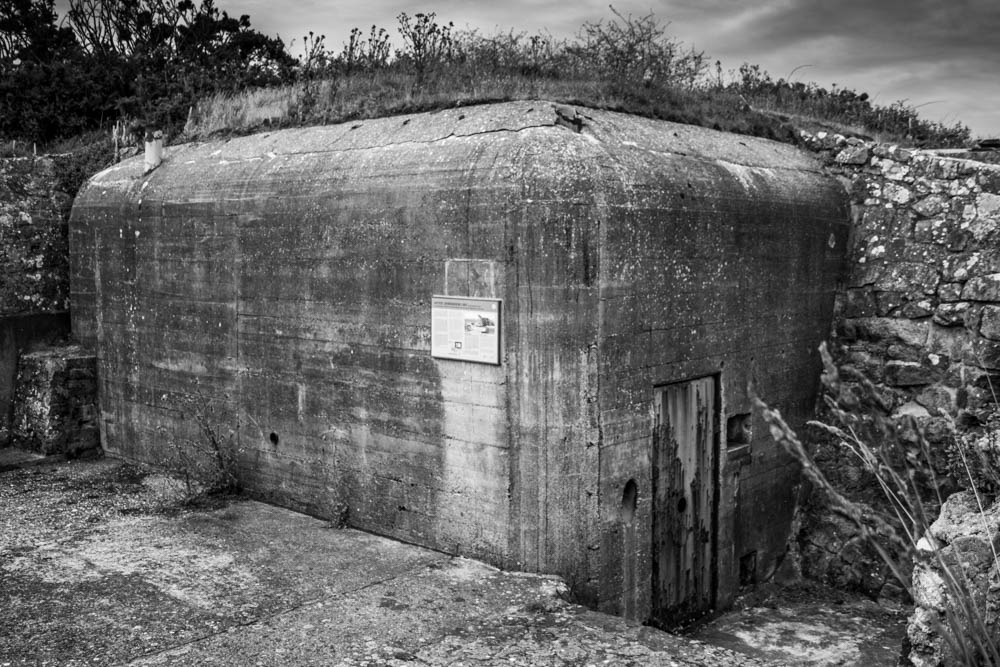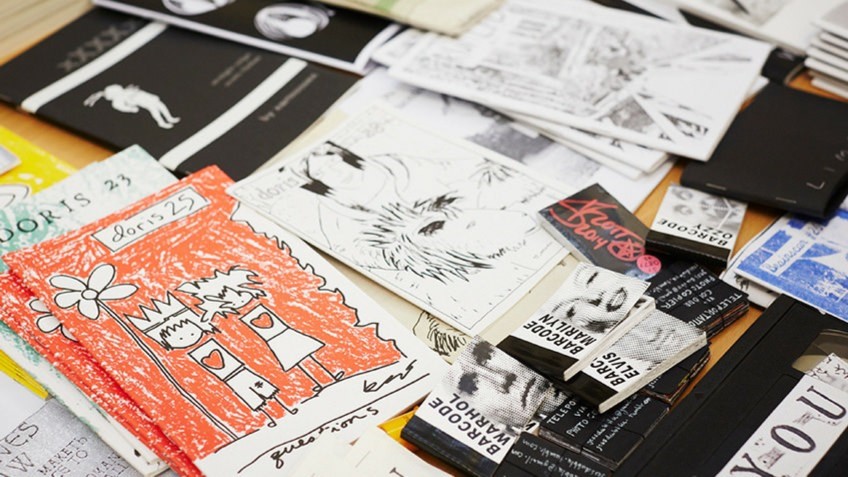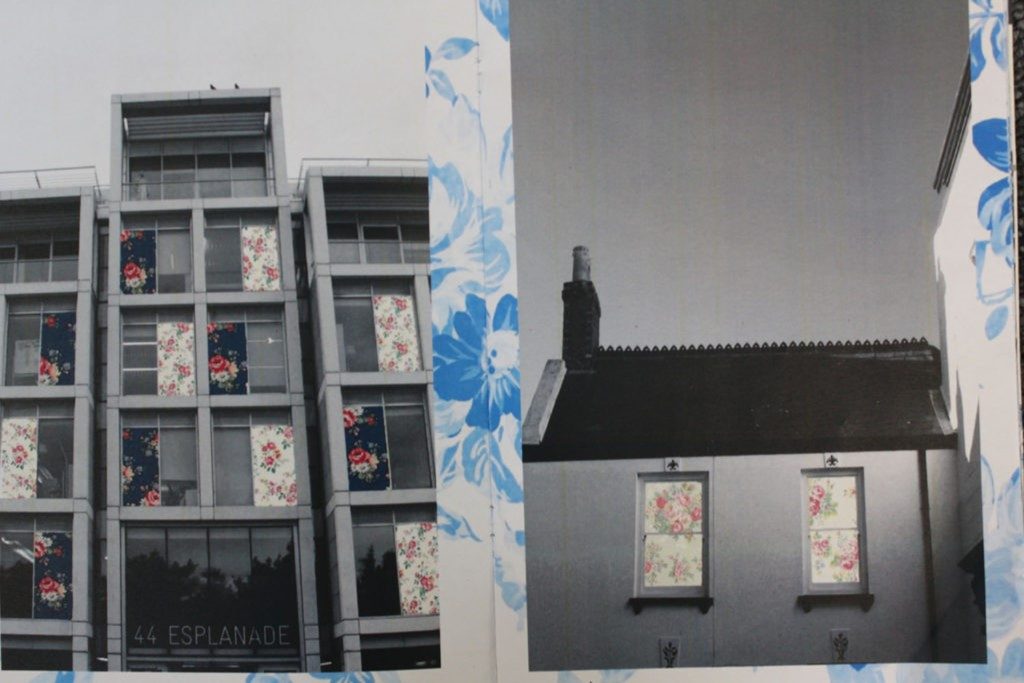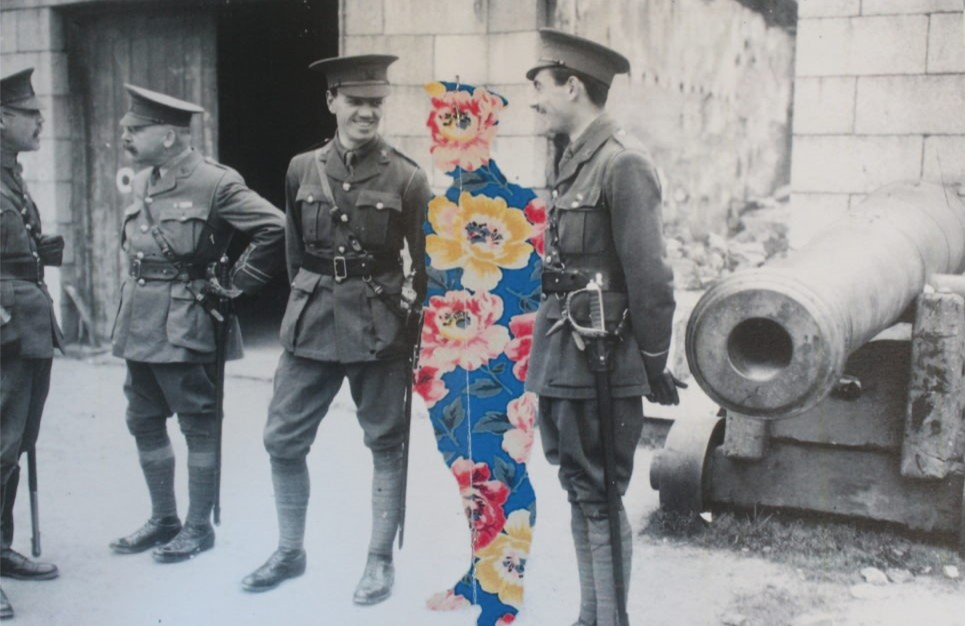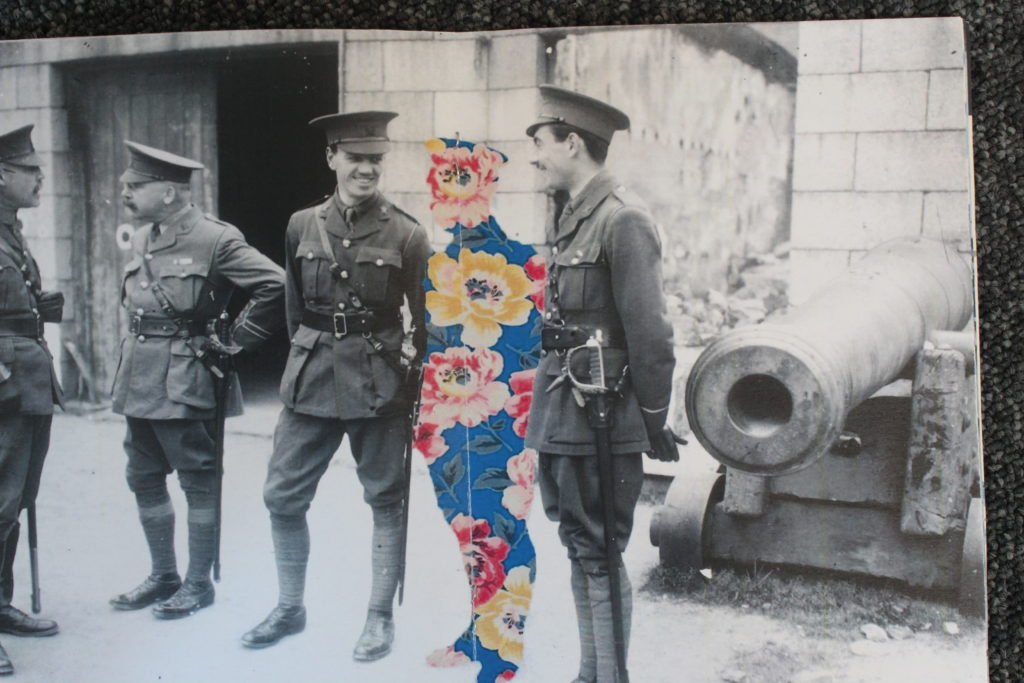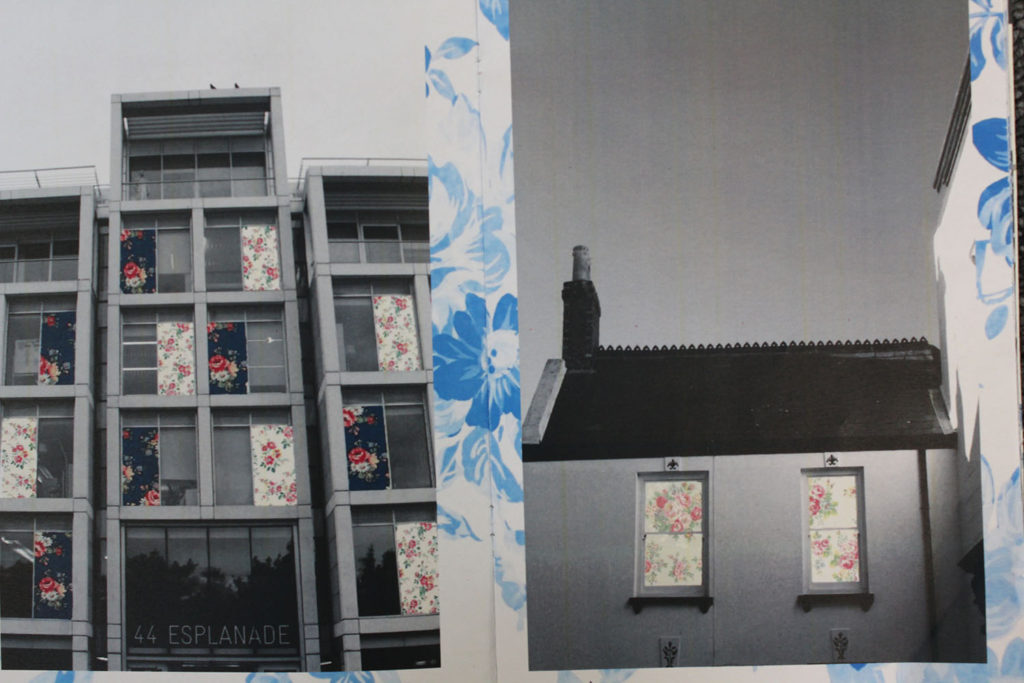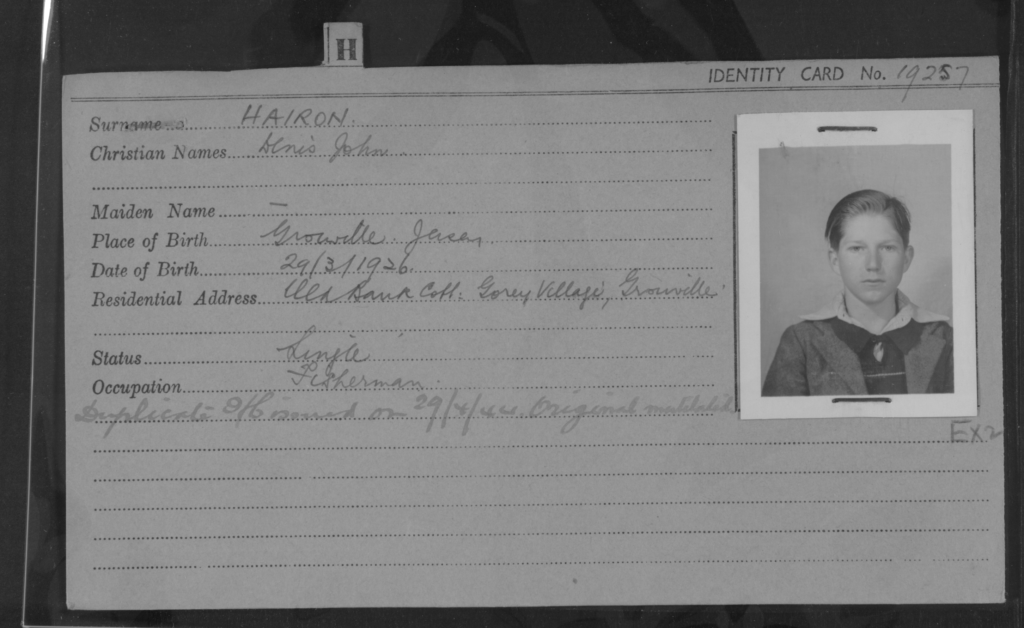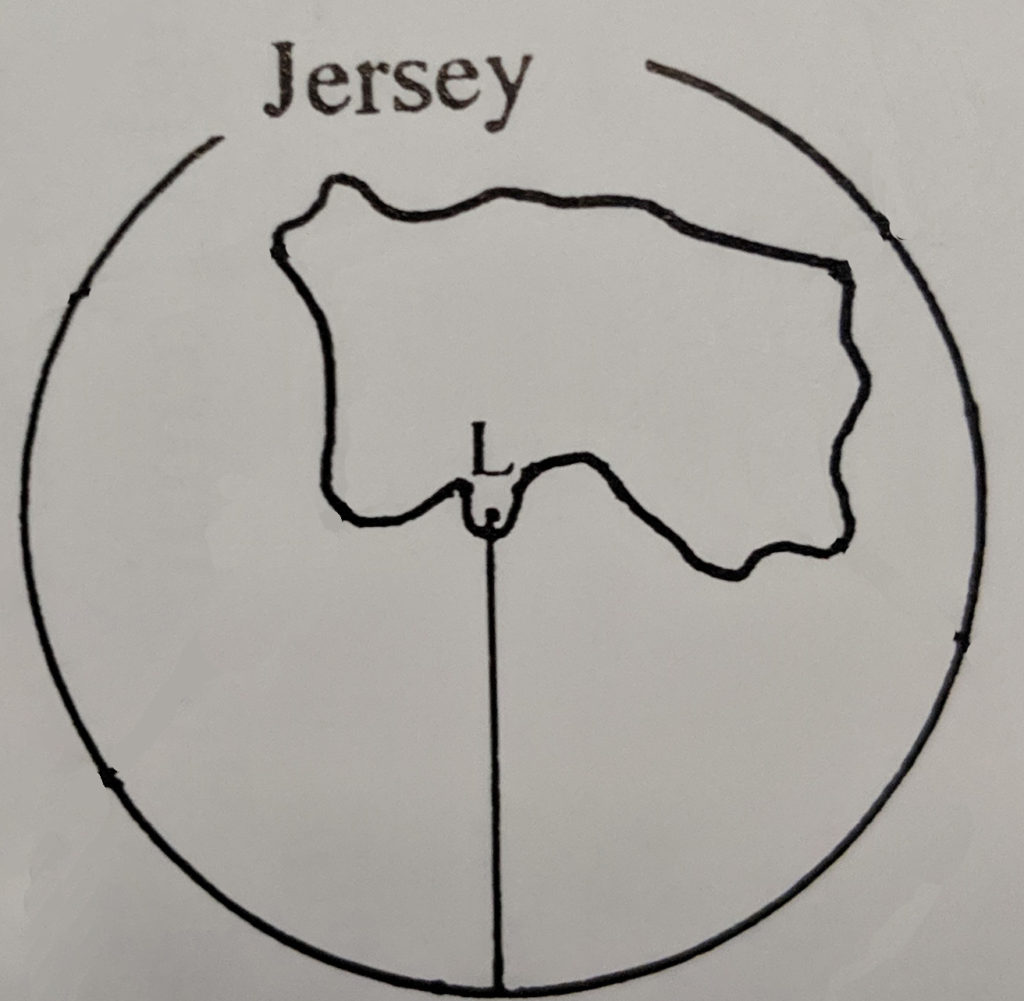
Rodchenko was a Russian artist, sculptor, photographer and graphic designer. He was one of the founders of constructivism in Russian design. Before turning to montages and photography we was more focused on painting and graphic design. His work is describes as being socially engaging since he recognised the importance of analytic documentary series.
” Don’t try to capture a man in one synthetic portrait, but rather in lots of snapshots taken at different times and in different circumstances ” – Rodchenko
He often shot his viewers from strange angles, such as high and above and down below in order for it to take longer for an audience to recognise someone.
“One has to take several different shots of a subject, from different points of view and in different situations, as if one examined it in the round rather than looked through the same key-hole again and again.” -Rodchenko
He became an artist after having had no exposure to the art world, and instead being inspire by art magazines. He began studying at the Kazan art school in in 1901.
Under the Bolshevik communist government, Rodchenko became director of the museum bureau and purchasing fund, which made him responsible for the reorganisation of art schools and museums.
Rodchenko became interested in montages after become impressed by the montages of German artists experimenting with dadaism.
Mood Board

Images are not my own.
From the mood board on the right we can clearly see how Rodchenko was inspired by Cubism and futurism since his montages seem to almost look like they’re ahead of him time.
Most of the montages seem to depict images of conflict and war which could reflect the period he lived in since he lived under communist rule which may have made him feel threatened by other countries since capitalist places hated communist countries.
We can also see how he feels that these conflicts and wars will effect people, since he has incorporated them into many of his montages. This shows that many of his montages relate to society at the time which is interesting as the images have a rich historically social context.
Analysing an image

Technical: Since this montage was made in the early 20s it couldn’t have been created using a computer software program. This means that this montage was most likely made by just cutting and sticking images down onto paper.
Visual: In this montage we can see what appears to be destructed houses and building at the bottom of the page and some planes flying in the sky that appear to be dropping people out of them into the chaos below.
conceptual: I think this montage may be a metaphor for what the artist believes human life was worth at the time. Having planes appearing to throw people in to conflict shows that the artist may think that human life was viewed as having no worth during war, and that they were seen as dispensable.


